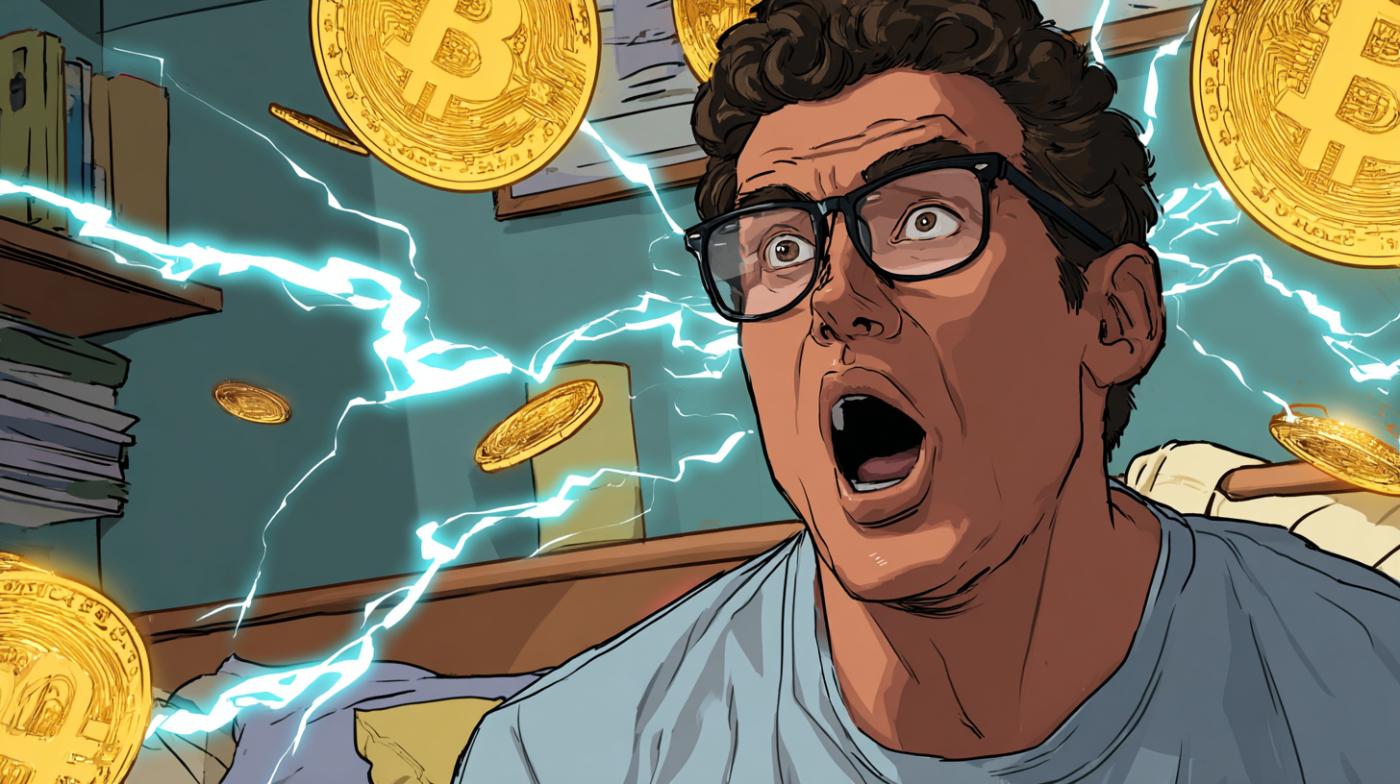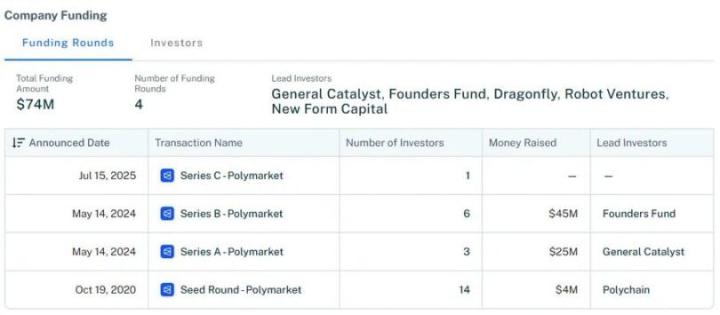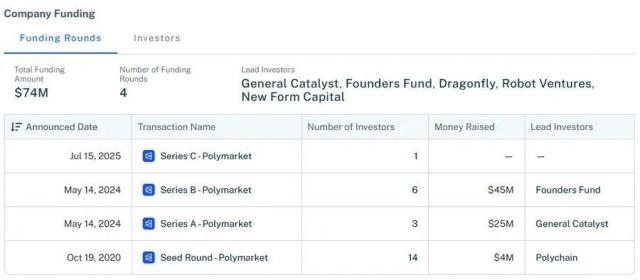- In July, Memecoin outperformed Altcoins, thanks to the Solana-based platform enabling large-scale token creation and viral trading behavior.
- Celebrity and politically supported meme coins attracted attention but also brought significant risks, including price manipulation and selling plans, as well as legal scrutiny.
- Infrastructure is continuously developing, with new tools and chains embracing meme coins—highlighting the potential for innovation and the necessity of responsible platform design.
Web3 is witnessing a surge in meme token creation and trading. But is this a sustainable adoption phase, or just another hype cycle driven by speculation and risk?

Signs Indicate MEMECOIN Will Revive
Three key indicators suggest meme coins are becoming popular again:
- Price performance surpassing Altcoins:BeInCrypto recently noted that meme coin pricesrose by about 31% in July, outperforming Ethereum-based assets and other Altcoins
- Solana platform reaches historical issuance high:On July 16 alone,19,900 new meme tokenswere issued through Letsbonk.fun. Weekly active addresses surged by about 60%, enhancing Solana ecosystem engagement.
- Mega wallet moves trigger FOMO:An investor namedMuradaccumulated meme coins worth $56.9 million (primarily a token called SPX), drawing widespread attention
On Solana, this is not the first wave. A recent article pointed out that this revival is similar to previous cycles—memes drove rapid adoption, typically on platforms built for accelerated token creation and mass trading.
Beyond Jokes: The Power and Danger of Meme Coins
In crypto culture, Memecoin has long had a unique dual identity.
On one hand, they lower the entry barrier for newcomers by blending humor, community, and Web3 onboarding features. On the other hand, they often lack utility and are easily manipulated.
Celebrity and political involvement further fuels the fire.
From Donald Trump's $TRUMP token to tokens like $HAWK supported by internet personalities, meme coins are increasingly intertwined with mainstream figures. Some meme coins rise quickly but collapse within days—raising concerns and ringing regulatory alarms.
The current cycle seems driven not just by meme value, but also by accessibility. Automated token factories have made token issuance easier than ever, but also easier to perpetrate scams. Some "rug pulls" and fake country-themed tokens have made headline news.
The Role of Infrastructure and Platform Dynamics
This meme coin revival is not happening in a vacuum.
Existing infrastructure is capable of supporting rapid growth. Solana's scalability and low fees make it an ideal platform for quick experimentation. Platforms like Base, TON, and Ethereum L2 are also beginning to follow suit, tending to use meme coins to increase user acquisition.
Moreover, we're seeing tools emerging that support due diligence. Platforms like CoinCLIP aim to help users assess new tokens based on creator history and on-chain behavior. This indicates a slow but necessary evolution in the meme coin space, moving from chaos towards credibility.
However, risks remain high. Many tokens surge purely on social momentum, lacking technical foundations or governance plans. As these tokens attract mainstream attention, regulators in markets like Thailand and the UK are beginning to draw lines between parody securities and unregistered securities.
The Path Forward: Bubble or Bridge?
The numbers are undeniable. Meme coins are driving wallet growth, platform usage, and dialogue in the Web3 world. But whether this growth is sustainable—or replicable—depends on what happens next.
If infrastructure providers and token creators prioritize fairness, transparency, and utility, this wave could become a powerful tool for attracting the next 10 million Web3 users. Otherwise, we may just watch another speculative bubble inflate and burst.
Currently, the prevalence of meme coins is a fait accompli. But whether they will become an eternal chapter in cryptocurrency history or just another joke remains to be seen.
〈IS WEB3 ENTERING A MEMECOIN SEASON?〉This article was first published on 《CoinRank》.








